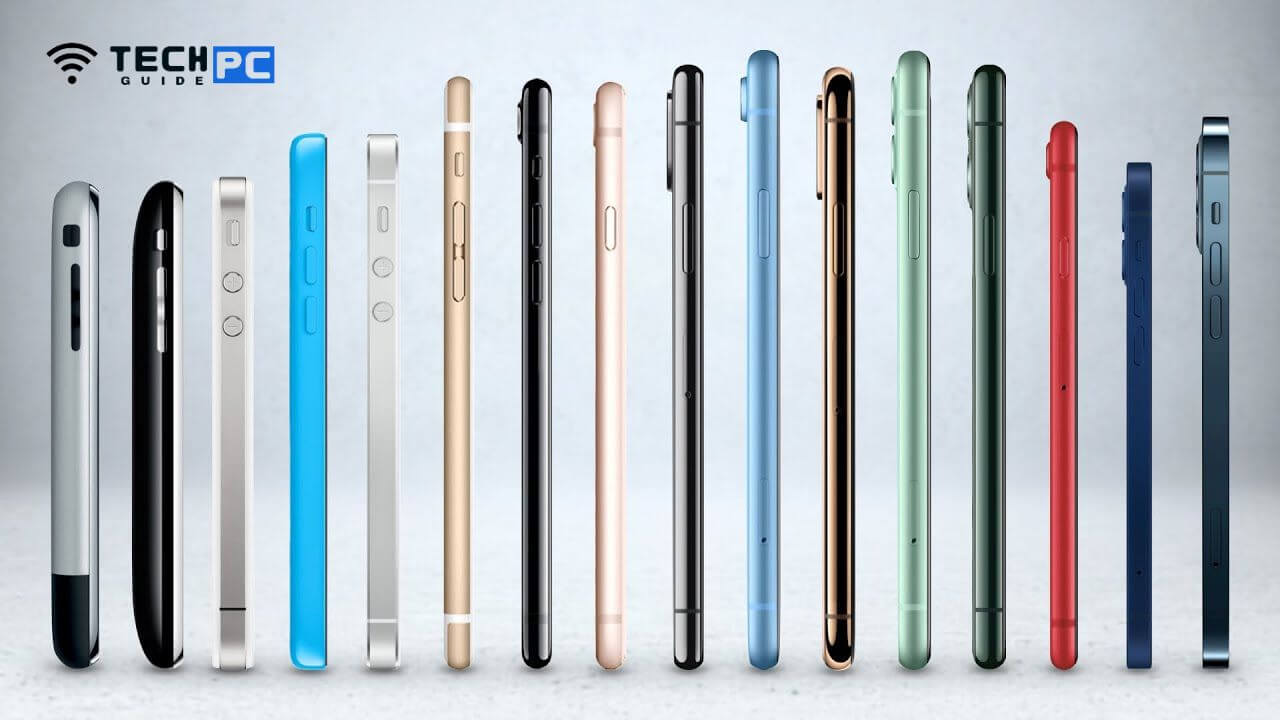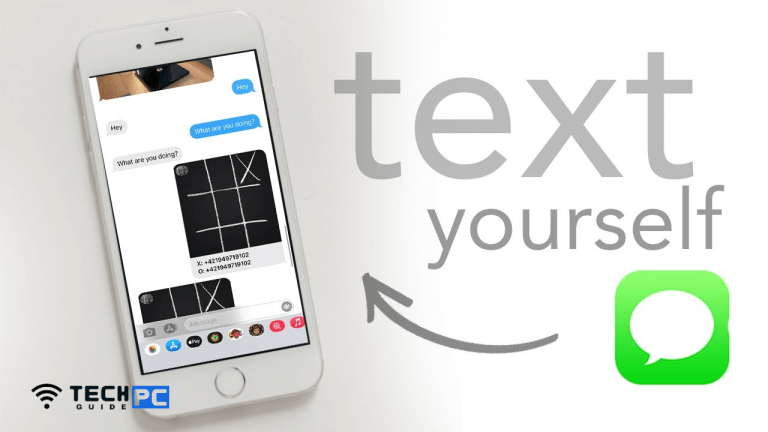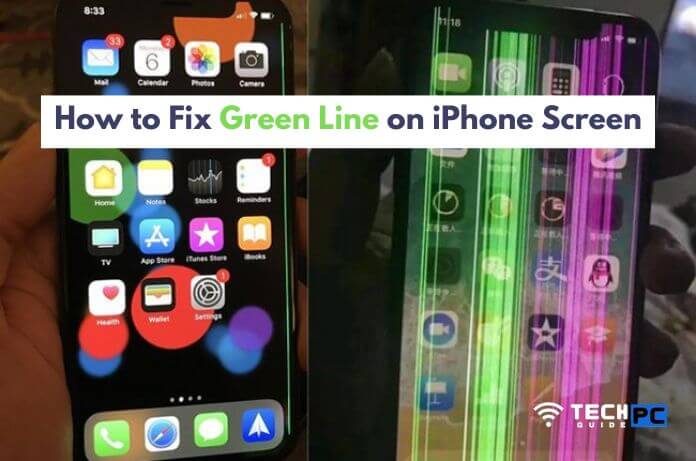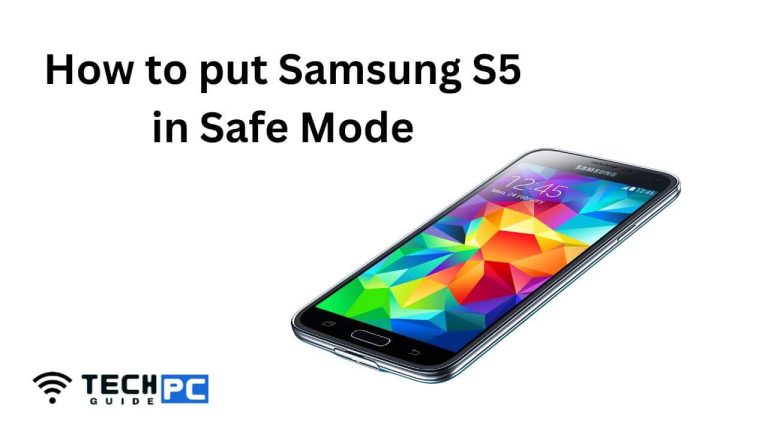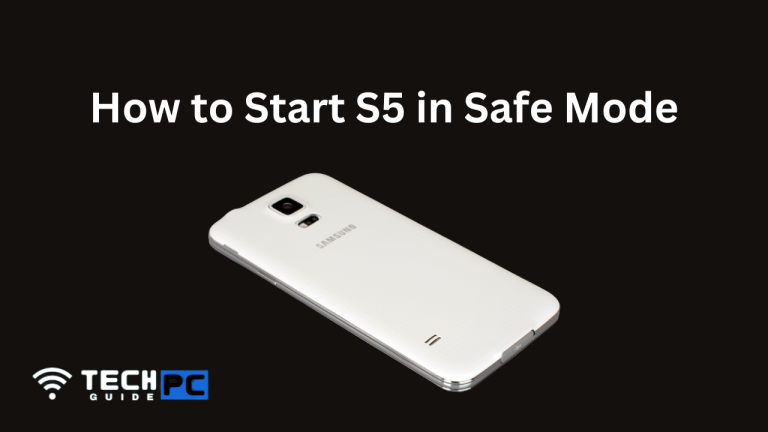iPhone history: First to Latest Generation
The iPhone is a widely recognized and highly impactful technology product that has shaped our era. The iPhone was launched in 2007. Its innovative design and user-friendly interface made it a popular choice and changed the way people communicate, do work and go about their daily routines. The iPhone quickly gained a reputation as a cultural icon. In this article, we will highlight iPhone history in each release.
iPhone history: Evolution of iPhones (2007 to Present)
Since the launch of the first iPhone in 2007, Apple has consistently pushed the boundaries of what is possible with mobile technology. With each new generation, the iPhone has developed to include a wider range of features, improved performance, and a more advanced user experience.
iPhone (First Generation)
The first generation of iPhones was introduced in 2007, marking the beginning of a new era in the smartphone industry. The original iPhone was met with widespread excitement and expectation, and it quickly became clear that Apple had created something truly special.
Despite its success, the first iPhone was not without its limitations. It lacked many of the features that are now standard on modern smartphones, such as third-party app support and GPS navigation.
Overall, the first generation of iPhones set the foundation for what was to come and spread the groundwork for the smartphone revolution that would change the world forever.
iPhone 3G (2008)
The iPhone 3G was the second generation of iPhones, and it was released a year after the original iPhone. It added support for faster cellular data speeds, which allowed users to browse the web, download apps, and stream media faster. It also introduced GPS navigation, making the iPhone a more capable device for navigation and location-based services.
Recommended: How to Turn Off Red Dot on iPhone
iPhone 4 (2010)
The iPhone 4 was a major update to the iPhone line, and it introduced several new features that would become standard on later models. The most notable change was the introduction of the high-resolution Retina display, which offered a much sharper and more detailed image. The front-facing camera was also introduced, which allowed for video calls and self-pictures. The iPhone 4 also introduced the A4 chip, which improved performance and made the device more capable of handling demanding tasks.
iPhone 5 (2012)
The iPhone 5 represented a major design update for the iPhone line. It was the first iPhone to feature a 4-inch display, which offered more screen real estate for apps and media. It was also redesigned to be lighter and slimmer than its previous versions, making it more convenient to handle. The A6 chip, which was introduced with the iPhone 5, offered improved performance and allowed for even more demanding tasks, such as video editing and gaming.
iPhone 6 and 6 Plus (2014)
The iPhone 6 and 6 Plus marked a major shift in the size of iPhones, with the devices sporting much larger screens than previous models. The 4.7-inch screen on the iPhone 6 was a significant increase from the 4-inch screen of the iPhone 5, while the 5.5-inch screen on the 6 Plus was the largest screen ever offered on an iPhone at the time. The larger screens allowed for a more immersive media experience and made it easier to use the device for productivity.
iPhone X (2017)
The iPhone X was a major turning point for the iPhone line, with its all-screen design and the introduction of Face ID. Face ID was a major change from previous models, which used Touch ID for authentication, and it allowed users to unlock their phones simply by looking at them. The all-screen design also allowed for a much larger display in a compact form factor, making the iPhone X one of the most visually stunning smartphones on the market.
iPhone 11 (2019)
The iPhone 11 introduced several new camera features, such as Night mode, which allowed users to take better photos in low-light conditions. The device also featured a tri-camera system, with three lenses for ultra-wide, wide, and telephoto shots. The A13 Bionic chip was introduced with the iPhone 11, which offered improved performance and battery life.
iPhone 12 (2020)
The iPhone 12 was the first iPhone to support 5G networks, which offered faster speeds and improved network reliability. The device was also the first to feature a ceramic shield front cover, which made it more resistant to damage from drops and crashes. The A14 Bionic chip was also introduced with the iPhone 12, which offered improved performance and graphics capabilities.
iPhone 13 (2021)
Apple launched its iPhone 13 series despite a global chip shortage, with all four models available at the same time. The series features bigger batteries than previous models, with the most significant increase seen in the iPhone 13 Pro Max. The camera on the iPhone was improved with the addition of Photographic Styles and Cinematic Mode.
iPhone 14 (2022)
Apple replaced the “mini” with the iPhone 14 Plus. The 2022 lineup includes the $800 iPhone 14, $900 iPhone 14 Plus, $1,000 iPhone 14 Pro, and $1,100 iPhone 14 Pro Max. The non-Pro versions use the same Apple A15 processor, while only the Pro versions have the new Apple A16 chip. The design is mostly unchanged on the regular version, but the Pro versions have a pill-shaped camera module for notifications and alerts and a 48MP main camera. Cinematic Mode now works in 4K and supports 24fps and 30fps.
iPhone Pricing
For example, the latest iPhone 14 can be purchased for anywhere between $999 and $1499, depending on the model and storage capacity. It’s worth mentioning that the cost of the iPhone can differ based on the seller and market trends. Additionally, the iPhone price in Bangladesh may change due to exchange rates for the country’s currency.
- Headphone Wire Color Code: A Comprehensive Guide - June 28, 2024
- Unlocking the Power of Your Vehicle: How to Tune Your ECU with a Laptop - May 5, 2024
- Mortal Kombat 1 Update: Cyrax Kameo Nerf and Spooky Stage Additions - October 24, 2023

